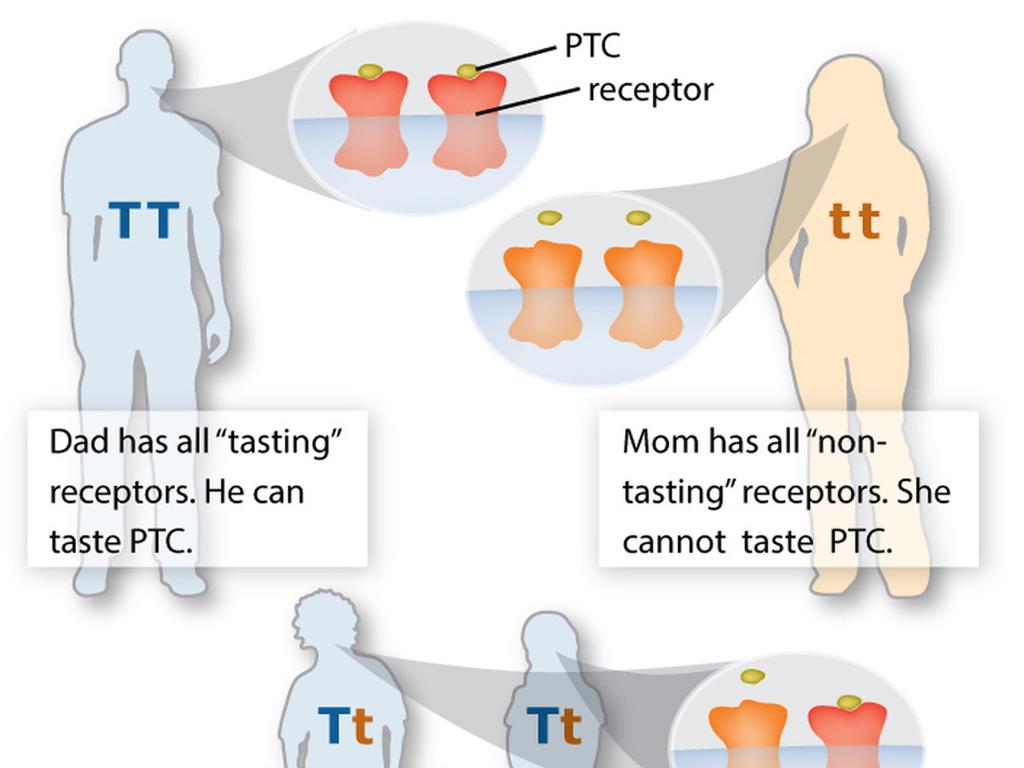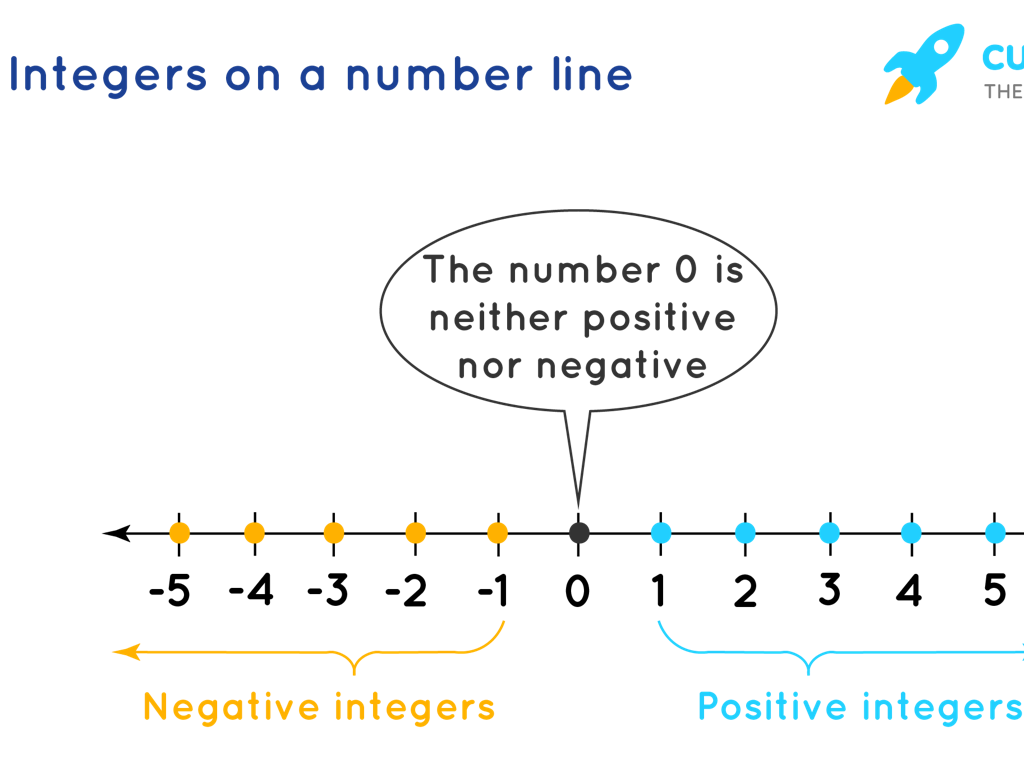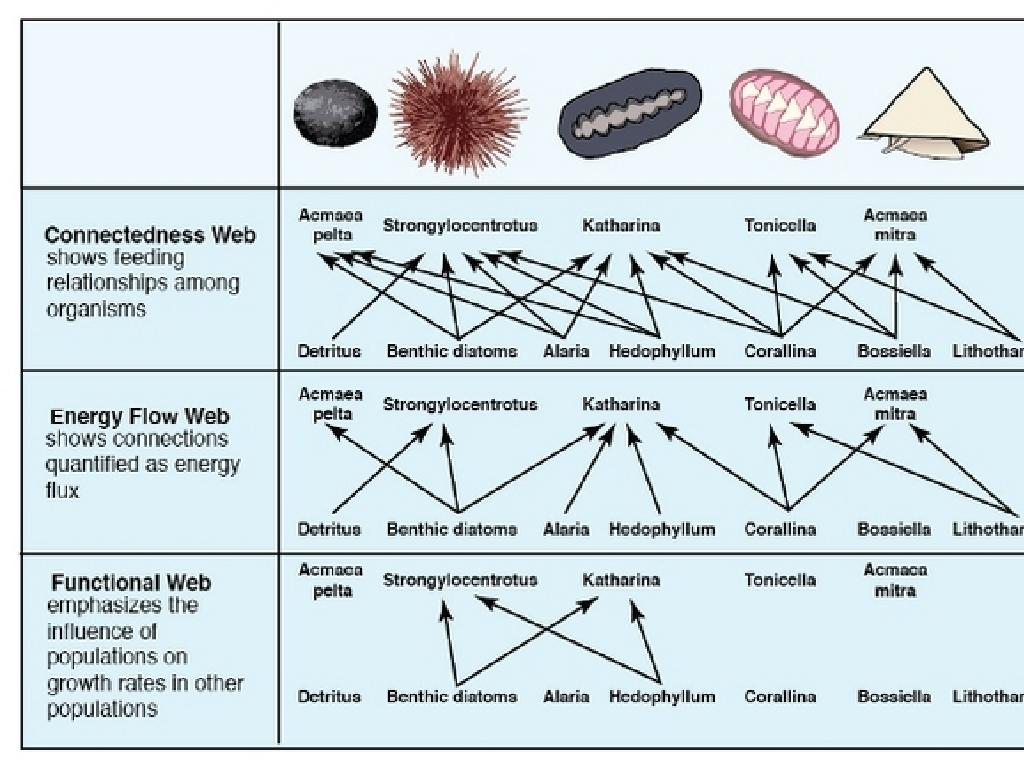Describe The Atomic Composition Of Molecules
Subject: Science
Grade: Sixth grade
Topic: Atoms And Molecules
Please LOG IN to download the presentation. Access is available to registered users only.
View More Content
Welcome to Atoms and Molecules!
– Atoms: The tiny building blocks
– Atoms are the smallest units of matter, indivisible by chemical means.
– Molecules: When atoms join together
– Molecules form when two or more atoms bond together.
– Exploring atomic composition
– Atoms consist of protons, neutrons, and electrons.
– Importance of molecules in matter
– Molecules make up the substances around us and determine their properties.
|
This slide introduces the fundamental concepts of atoms and molecules to sixth-grade science students. Begin by explaining that atoms are the very small particles that make up all matter in the universe. They are composed of even smaller particles called protons, neutrons, and electrons. Then, describe how atoms can bond together to form molecules, which are the building blocks of the substances we see and interact with every day. Emphasize the importance of understanding these concepts as they are the foundation of chemistry and the basis for understanding the physical world. Encourage students to think of examples of molecules they already know, like water (H2O), and relate the discussion to their everyday experiences.
Atoms: The Building Blocks of Matter
– Atoms: Basic unit of matter
– Smallest particle that defines chemical elements
– Composed of protons, neutrons, electrons
– Protons (+ charge), Neutrons (neutral), Electrons (- charge)
– Foundation of all substances
– Everything is made up of atoms, from air to rocks
– Atoms bond to form molecules
– Atoms connect, creating everything from water to DNA
|
This slide introduces the concept of atoms to sixth-grade students, explaining that atoms are the fundamental units of matter. Each atom consists of a nucleus made of protons and neutrons, with electrons orbiting around it. Emphasize that everything in the physical world is composed of atoms, which combine in various ways to form molecules, the building blocks of all substances. Use simple analogies, like building blocks or Lego, to help students visualize how atoms combine to create everything around us. Encourage curiosity by discussing the diversity of molecules formed from different atom combinations.
Exploring the Atomic Composition
– Nucleus: Atom’s central core
– The nucleus is the dense center of an atom.
– Protons: Positive charge carriers
– Protons define the element’s identity.
– Neutrons: Particles with no charge
– Neutrons add mass and affect stability.
– Electrons: Orbiting with negative charge
– Electrons determine an atom’s reactivity.
|
This slide introduces the basic structure of an atom, which is fundamental to understanding molecules. The nucleus, composed of protons and neutrons, is the dense central part of the atom. Protons carry a positive charge and determine the atomic number, thus defining the type of element. Neutrons are neutral and contribute to the atom’s mass and stability. Electrons, with their negative charge, orbit the nucleus and are involved in chemical reactions and bonding. It’s important for students to grasp that these subatomic particles work together to form the unique properties of each element, which in turn combine to create molecules. Use examples like water (H2O) to show how atoms bond to form molecules.
Exploring Molecules: The Building Blocks
– Molecules: bonded atom groups
– Atoms connect via bonds to form molecules, like H2O consisting of 2 hydrogen and 1 oxygen atom.
– Simple molecule examples: O2, H2O
– Oxygen (O2) is essential for breathing, Water (H2O) is vital for life.
– Molecules form everyday substances
– Everything we touch and feel is made of molecules, from the air we breathe to the clothes we wear.
– Understanding molecular composition
|
This slide introduces the concept of molecules to students by defining them as groups of atoms bonded together. Start by explaining what atoms are and how they can connect to form molecules. Use common examples like oxygen (O2) and water (H2O) to illustrate simple molecules. Highlight how molecules are the foundation of all substances, making up the material world around us. Encourage students to think of other substances and guess their molecular composition. This will help them understand the diversity and ubiquity of molecules in their daily lives.
Atomic Bonds and Molecule Formation
– Atoms form molecules by bonding
– Explore covalent, ionic, metallic bonds
– Covalent: sharing electrons, Ionic: transferring electrons, Metallic: delocalized electrons
– Bonds involve electrons
– Sharing vs. transferring electrons
– Covalent bonds share electrons equally, while ionic bonds transfer electrons from one atom to another
|
This slide introduces the concept of atomic bonds and how they are essential in the formation of molecules. Students will learn about the three main types of bonds: covalent, where electrons are shared between atoms; ionic, where electrons are transferred from one atom to another, creating charged ions; and metallic, where electrons are free to move around. Emphasize the importance of electron interactions in bonding, and how the type of bond affects the properties of the resulting molecule. Use examples like water (H2O) for covalent bonds, table salt (NaCl) for ionic bonds, and metals like copper for metallic bonds to illustrate the concepts.
Understanding Chemical Formulas
– Chemical formulas as molecule blueprints
– They show the elements and number of atoms in a molecule
– Reading elements and ratios in formulas
– H2O means 2 hydrogen atoms bonded to 1 oxygen atom
– Example: H2O composition
– Practice interpreting formulas
– Let’s look at CO2 and NaCl as more examples
|
This slide introduces students to the concept of chemical formulas and how they represent molecules. Explain that chemical formulas are like blueprints that tell us which atoms are in a molecule and how many of each kind. Use water (H2O) as a clear example, showing that it consists of two hydrogen atoms and one oxygen atom. Emphasize the importance of understanding the ratios and how to read them. Encourage students to practice with additional examples such as carbon dioxide (CO2) and table salt (NaCl), reinforcing the concept that the subscript numbers indicate the number of atoms of each element in the molecule.
Building Molecules Activity
– Engage in molecule building
– Use kits to create molecules
– Model kits represent atoms and bonds visually
– Explore molecular shapes
– Shapes like linear, bent, tetrahedral
– Comprehend molecular geometry
– Geometry affects molecule properties
|
This activity is designed to provide hands-on experience with molecular structures. Students will use model kits, which include balls representing atoms and sticks for bonds, to assemble common molecules. Through this, they will learn how atoms bond to form molecules and the significance of molecular geometry, such as linear, bent, and tetrahedral shapes. Understanding molecular geometry is crucial as it determines the molecule’s properties and how it interacts with other molecules. The teacher should circulate the room, assisting students as needed and prompting them to consider why certain molecules take on specific shapes. Possible molecules for the activity include water (H2O), carbon dioxide (CO2), methane (CH4), and ammonia (NH3).
Class Activity: Create Your Own Molecule
– Choose elements for your molecule
– Bond elements to form a molecule
– Draw and label the atoms in your molecule
Include the atomic symbol and number of atoms of each element.
– Present your molecule to the class
Explain what your molecule is and how you created it.
|
This activity is designed to help students apply their knowledge of atoms and molecules in a creative and interactive way. Students will select different elements from the periodic table and combine them to form a molecule. They should consider how atoms bond together, keeping in mind the valence electrons and the type of bonds they can form. Once they have created their molecule, they should draw a diagram of it, clearly labeling each atom with its atomic symbol and showing the bonds between them. Encourage students to be prepared to explain their molecule’s composition and the reasoning behind the structure they chose. Possible molecules could include water (H2O), carbon dioxide (CO2), or methane (CH4). This will reinforce their understanding of molecular structure and the diversity of molecules that can be formed from various atomic combinations.
Atoms & Molecules: Review and Real-Life Connections
– Recap of atomic composition
– Open Q&A session
– Atoms and molecules in daily life
– Everything is made of atoms, which combine to form molecules.
– Discuss real-life examples
– Water (H2O) is a molecule made of 2 hydrogen atoms and 1 oxygen atom.
|
Begin the slide by summarizing the key points from today’s lesson on the atomic composition of molecules. Emphasize the basic structure of atoms and how they bond to form molecules. Open the floor for any questions the students may have, encouraging them to clarify any doubts. Transition to discussing the relevance of atoms and molecules in everyday life, explaining that everything they interact with is composed of these fundamental units. Provide tangible examples, such as water being a molecule made of hydrogen and oxygen atoms, to illustrate the concept. This will help students connect the abstract idea of atomic composition to the concrete world around them.
Homework: Explore a Molecule
– Research a single molecule
– Describe its structure
Atoms bonded together in a specific shape
– Explain its function
What does the molecule do? Think water (H2O) hydrating the body
– Discuss its importance
Why is this molecule important for life or industry?
|
This homework assignment is designed to deepen students’ understanding of molecules by researching a specific one of their choice. They should focus on the molecule’s structure, which includes the arrangement of atoms and the types of bonds holding them together. Students should also explore the function of the molecule, such as how water is essential for hydration and various bodily functions. Lastly, they should consider the molecule’s importance, whether in biological processes, industrial applications, or environmental impact. Encourage students to use credible sources and provide guidance on how to write a scientific report. This activity will help them apply their knowledge of atomic composition in a practical context.






